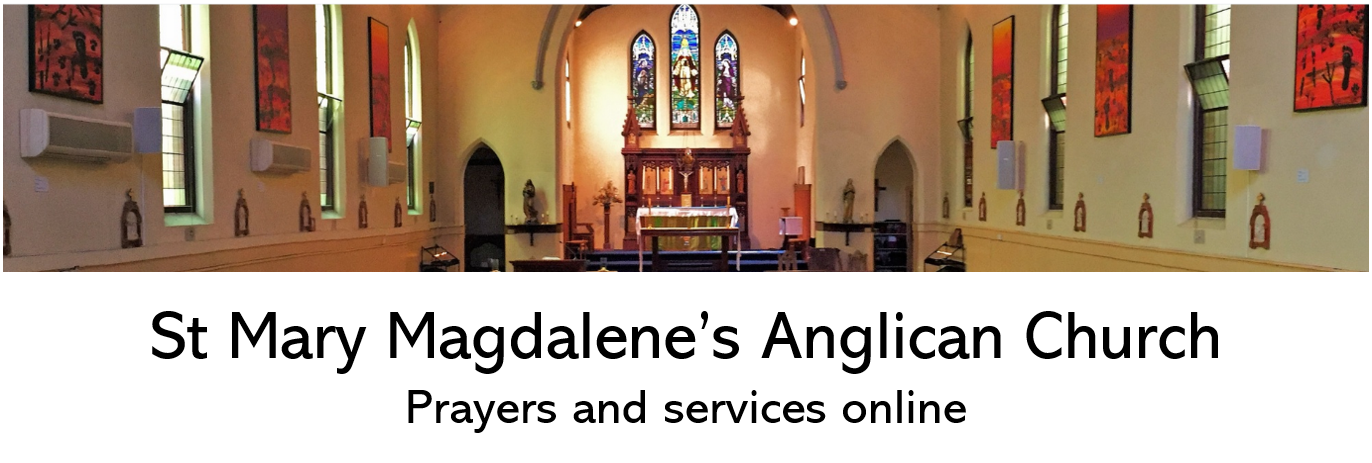Welcome to the 2023 Spirit Matters blog. We begin the year with three reflections based on the three affirmations in the acclamation of faith said during the Eucharistic prayer of Thanksgiving.
Christ has died
Exchanging a living death with a dying life
For you have died, and your life is hid with Christ in God.
Colossians 3:3

The question before me, now that I
am old, is not how to be dead,
which I know from enough practice,
but how to be alive…
Wendell Berry
What was really needed was a fundamental change in our attitude toward life. We had to learn ourselves and, furthermore, we had to teach the despairing men, that it did not really matter what we expected from life, but rather what life expected from us.
Victor Frank l- speaking of life in a concentration camp
But the cross is not something you choose or select or aim for. It describes the kind of thing that can happen to you if you respond to God’s personal calling to you (like it did to Jesus). It points also to the powerful aspect of the journey to a more full-blooded and fruitful life. If you like, the cross is a symbol of the cost of truly living.
Francis Dewar
Who is seen and seen through, foolish, who has nothing left to hide, who has become transparent through self-acceptance, his soul is loved, wholly revealed, wholly essential; he is just what he is, freed from paranoid concealment, from the knowledge of his secrets and his secret knowledge.
James Hillman

The Paschal Mystery is a way that enhances human flourishing. It is a mystery which is not remembered as something that might be forgotten, but as an event that never ceases to determine the present. The Eucharist – where we make the acclamation of faith: “Christ has died” – is a memorial; which gives today its true meaning.

Look back:
As you reflect on being seen through, having nothing to hide,
finding freedom as a kind of dying, ask yourself:
What has died in my life?
What moments of loss or emptiness can I recall?
What has been my usual response?
Where am I being challenged to move on?
What needs to die in me?
What do I need to let go?
What can I mourn?
The images in this post are of the glass work of French artist, Helene Mugot, who uses glass to reflect and illuminate light. This piece is called Du sang et des larmes (Of blood and tears). A meditation on this piece reads…
Ces larmes de sang nous font penser à cette tête couronnée d’épines, aux outrages subis, aux larmes de sang qui surgissent…
Le désir douloureux de la Lumière, cette tension infinie, semble ne jamais devoir se guérir mais, au contraire, se propage et se répand en larmes devenues elles-mêmes lumineuses, larmes de cristal, à l’image d’un désir devenu lui même lumineux ; larmes de lumière de l’orant profondément blessé mais qui transfigure sa souffrance.
These tears of blood make us think of this head crowned with thorns, of the outrages suffered, of the tears of blood that arise…
The painful desire of Light, this infinite tension, seems never to heal itself but, on the contrary, flows and spreads in tears that have themselves become luminous, crystal tears, as a desire that has itself become luminous; tears of light from the deeply wounded supplicant but which transfigure his suffering.
Source: Helene Mugot
Aestimatus sum cum descendentibus in lacum,
factus sum sicut homo sine adjutorio, inter mortuos liber.
Versus: Posuerunt me in lacu inferiori, in tenebrosis et in umbra mortis.
Factus sum sicut homo sine adjutorio, inter mortuos liber.
I am counted with them that go down into the pit:
I am as a man that hath no strength: free among the dead.
Verse: They have laid me in the lowest pit, in darkness, in the deeps.
I am as a man that hath no strength: free among the dead.
For a printable PDF of the text of this meditation please click on the link below.





1 Comment
Dear Philip, thank you for the richness and the simplicity. Thank you for the Art of Helene Mugot, and for reading to us.